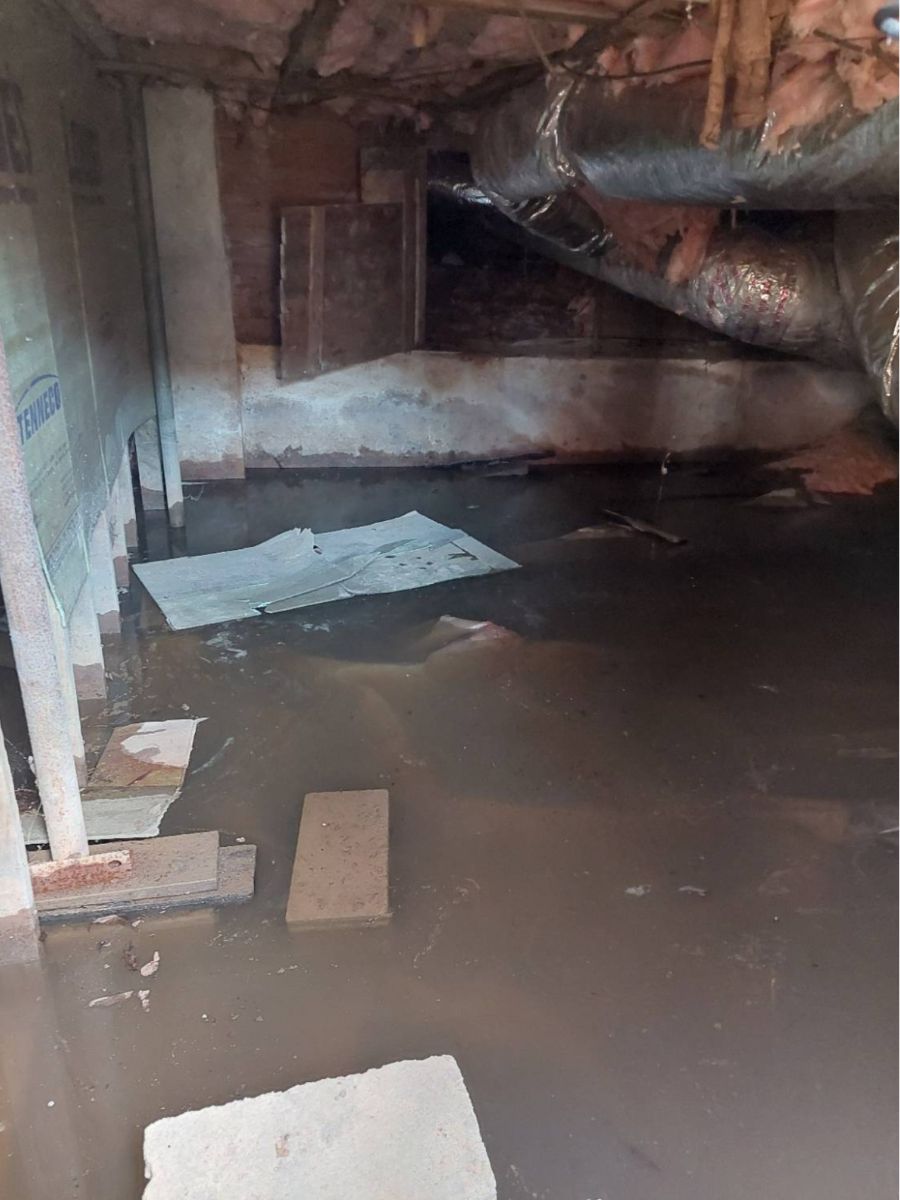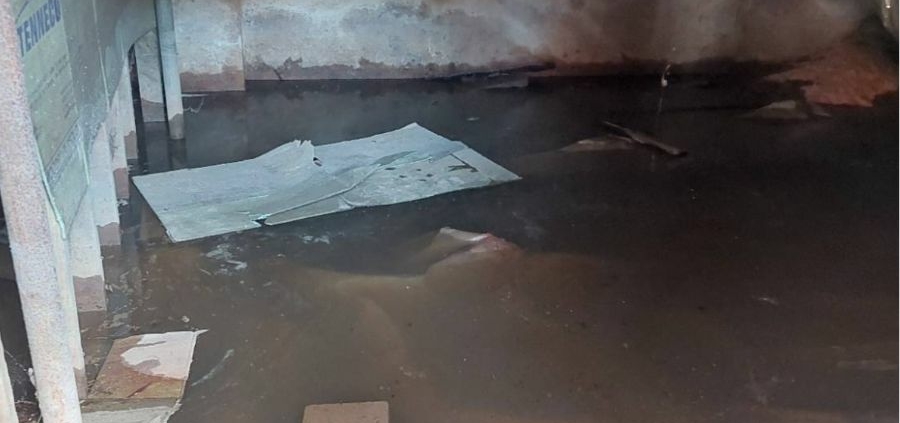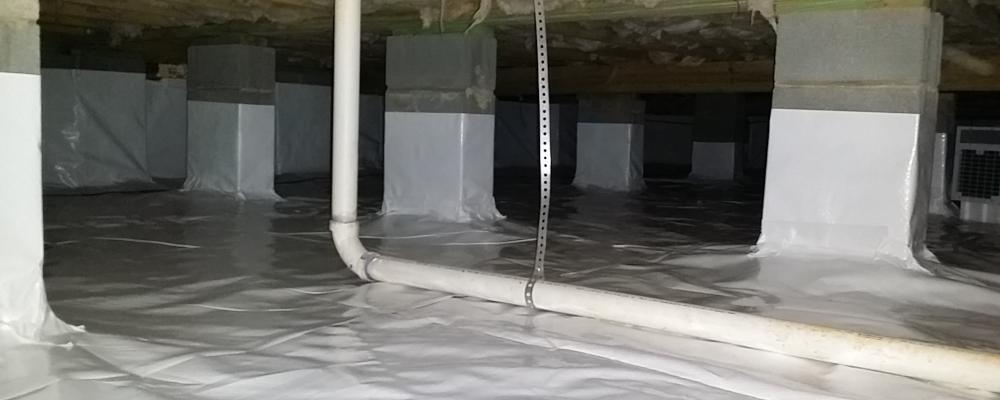As a prospective home buyer, understanding the very basics of crawl space and basement issues is crucial. Especially if you are new to the south east, where the humidity can rot a home from the foundation up, take note to know what to look for before you invest in a soggy bottomed “money pit”.

Signs of Moisture Problems:
- Musty Odors: The smell of a vacant home will tell you the true story– if it’s musty, be forewarned, there could be some serious foundation issues (or roofing issues!)
- Visible Mold or Mildew: Look for mold around the baseboards as an indication of foundation moisture issues.
- Water Stains: Discoloration on walls down low or on floors can be a sign of water seepage.
- Efflorescence: A white, powdery substance on the cinder block walls of a basement or inside a crawl space means that water is coming through the walls and leaving salt deposits behind.
- Peeling Paint or Wallpaper: Moisture can cause paint or wallpaper to lose adhesion.
- High Humidity Levels: Excessive moisture in the air can indicate poor moisture control.
- Condensation: Look for water dripping from ducts or pipes in the crawl spaces or basements- that means the air is damp, and should be addressed.
What can be done?
A house with a few signs of water damage is not the end of the world. But you should definitely seek a professional’s opinion about what is the ultimate cause of the issue, what can be done, and how much it will cost before purchasing. Some things that a professional might propose:
- Exterior Maintenance: Keep gutters clean and ensure the landscaping directs water away from the foundation. Some of this can be done DIY.
- Interior Waterproofing: Includes sump pump installation, interior drainage systems (French drains under the house), or ultimately, a crawl space encapsulation and dehumidifier. DIY is not recommended.
- Exterior Waterproofing: Involves exterior drainage solutions and the application of waterproof materials to the exterior walls of the foundation. DIY not recommended; much of landscaping near the home will have to be removed.
Understanding the Importance of Waterproofing
Crawl spaces and basements are prone to moisture problems due to their below-ground location. Excess moisture in these areas can lead to a host of issues, including mold growth, structural damage, and poor indoor air quality. Waterproofing these areas is essential in preventing these problems and maintaining the integrity of the home.
The Role of a Home Inspector
A home inspector plays a crucial role in identifying potential waterproofing issues. During an inspection, they will look for the signs mentioned above and assess the effectiveness of any existing waterproofing measures. Their eyes are better trained to look for such things and can give an unbiased report of all the signs of a wet foundation.
About the Author: Erin Blackburn is the Marketing Director at Dry Otter Waterproofing and a former science educator. With a unique blend of expertise in both science and marketing, Erin brings a diverse perspective to her current role. She’s not just passionate about her work; outside the office, Erin loves crafting, hunting for vintage thrifts, and cherishing moments with her husband and little boy. Driven by a mission to educate people about all things interesting – from the wonders of nature to the critical importance of maintaining a dry foundation – Erin weaves her knowledge and passions into her writing, offering readers both informative and engaging content.



